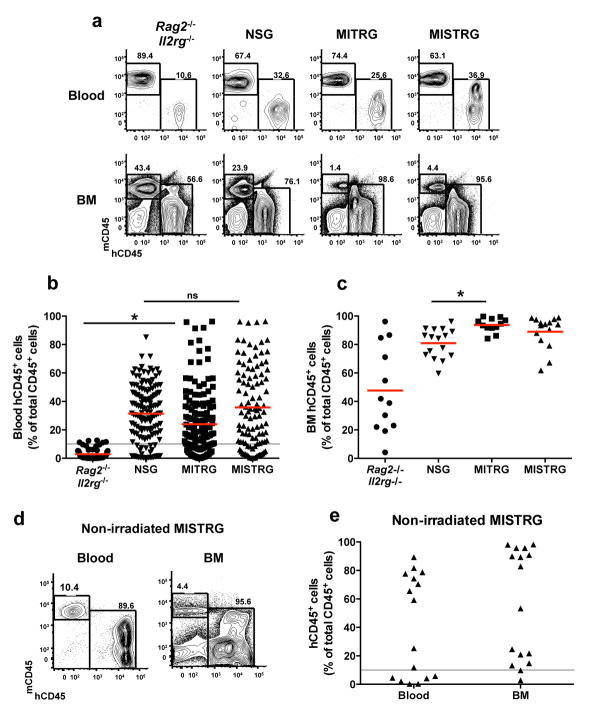Fig. 1. Efficient engraftment of human hematopoietic cells in MI(S)TRG mice.
X-ray pre-conditioned newborn mice of the indicated strains were engrafted by intra-hepatic injection of 100,000 human fetal liver CD34+ cells. Human engraftment (the percentage of hCD45+ cells among all (mouse and human) CD45+ cells) was measured in the blood 7-9 weeks later, and in the BM 10-12 weeks later. a, Representative flow cytometry analysis of the frequency of mouse and human CD45+ cells in the blood and BM of the indicated recipient mice. Numbers next to gated areas indicate percentages among total CD45+ cells. b, Blood engraftment from 19 independent experiments. In each experiment, a single fetal liver CD34+ cell sample was split and injected into mice of the respective strains. Each symbol represents an individual mouse and the red bars indicate mean values (n=56-155; ns, not significant; * p<0.05 Tukey test, see Supplementary Fig. 2a for a complete statistical analysis). The gray horizontal line indicates 10% hCD45+ cells. c, Engraftment in the BM of a representative subset of mice (Supplementary Fig. 2c) from panel b (n=12-16; * p<0.05 Tukey test; see also Supplementary Fig. 2d-e). d, Representative flow cytometry analysis of hCD45+ cell engraftment in the blood and BM 3 months after intra-hepatic injection of 200,000 fetal liver CD34+ cells into non-irradiated newborn MISTRG mice. e, Human CD45+ cell engraftment levels in the blood and BM of MISTRG mice transplanted as in d (n=16).

